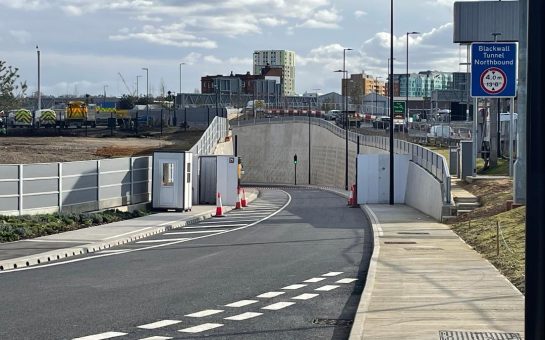Alarming disparities in child poverty emerge across different geographic locations and ethnic groups in London, highlighting the persistent inequalities faced by certain communities.
The top two boroughs in London for child poverty are also two of the top five for non-white population and both are in North East London.
Almost half of children in urban, inner city Tower Hamlets (48%) are growing up in poverty, a borough which has a 60% non-white population.
The figures for neighbouring Newham are almost as stark, with 44% of children growing up in poverty and a 69% non-white population.
Contrast that with leafy riverside borough Richmond, which has a 12% child poverty rate and a less than 20% non-white population or Bromley, which has a 20% child poverty rate and just a 24% non-white population.
Paul Carberry, chief executive of Action for Children, said: “Poverty can wreak havoc on childhoods and children’s life chances.
“There’s lots of evidence showing that children who’ve grown up on low incomes do worse at school, earn less as adults, suffer from poorer physical and mental health, and are more likely to need help from a social worker.
“Geography is likely a factor. Highly-diverse cities like London have high living costs, particularly for housing and childcare.”
A household is considered to be in relative poverty if it is below 60% of the median income after housing costs.
Structural racism is a root cause of these disparities according to a report jointly produced last year by Child Poverty Action Group, Runnymede Trust and Women’s Budget Group.
It found minority ethnic communities have faced underinvestment, discrimination and barriers to opportunities.
The data corroborates this finding.
Nationally, the child poverty rate for Bangladeshi children is the highest, standing at 67% – nearly triple the rate for white children (24%).
Black African or Caribbean or Black British children are more than twice as likely than white children to live in poverty at 51%.
Carberry added: “Lots of factors can play a role in why Black and Asian children have a higher risk of poverty.
“Heightened poverty risk for Black and Asian children is in part a product of the discrimination and racism that too many Black and Asian families still face.
“Black and Asian families are also more likely to have larger families with three or more children, so are likely to be disproportionately affected by the Two-Child Limit and Benefit Cap policies that place restrictions on the amount of income a family receives through the social security system.”
These divides in child poverty do not just represent numbers on a spreadsheet but have real, long-term consequences.
Carberry points out: “Poverty has a huge cost to society.
“One estimate from Loughborough University put the total cost of child poverty to the economy at £38bn a year in spending on services and lost economic potential.”
Indeed, the most deprived children are significantly more likely to fall behind in their educational attainment, thus limiting their future opportunities.
Data from the Office of National Statistics suggests a clear pathway from childhood poverty to reduced employment opportunities with earnings estimated to be reduced by between 15% and 28%, and the probability of being in employment at age 34 years reduced by between 4% and 7%.
Tackling the disparities in child poverty will require a multifaceted strategy, Carberry argued.
Central to this, will be addressing government policies that disproportionately impact ethnic minority communities, as well as targeted investment strategies.
He added: “All parties should be going into the general election prioritising children and have a plan to reduce child poverty.
“We desperately need to invest in the basic adequacy of social security by increasing the child element of Universal Credit and scrapping the Benefit Cap and Two-Child Limit policies that disproportionately impact families from minority ethnic backgrounds.
“We also want to see a wider programme of reform aimed at tackling some of the barriers that families face to entering and progressing in work, so that work offers a more reliable route out of hardship.”
Featured image: Photo by Katerina Holmes from Pexels





Join the discussion